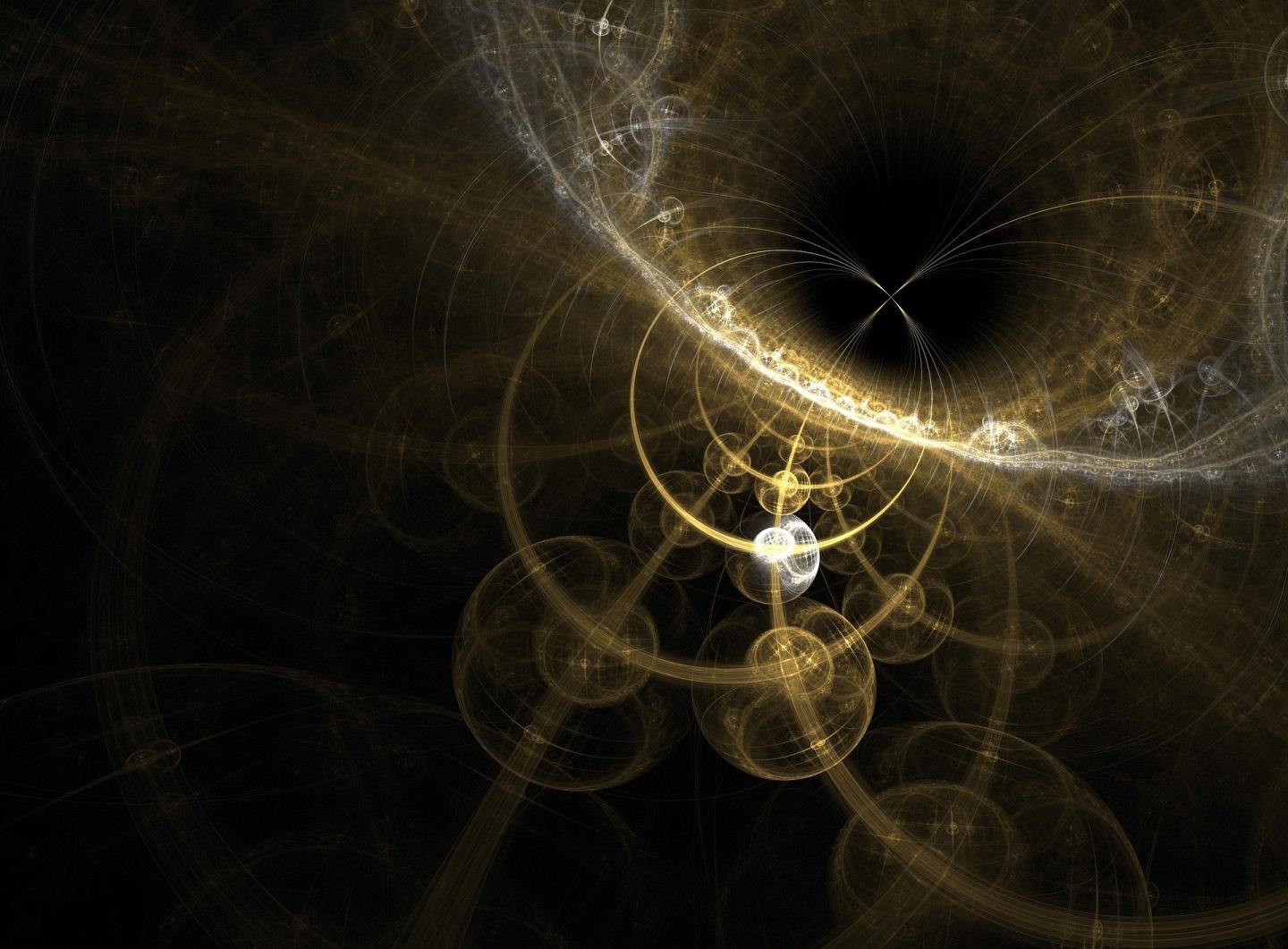How to collaborate with CERN?
- A different perspective on your challenge: Based on our wide-ranging expertise in domains related to quantum technologies we can take a look at your technical challenges and provide new perspectives & advice;
- Co-development: We can explore potential collaborative R&D projects to develop new quantum solutions;
- Access to unique technology: CERN’s proprietary technologies and know-how can be licensed for use in your quantum systems.
Find out about upcoming Quantum related news and events here
Value Proposition
Key Competences
Thin film coatings for ultra-high vacuums
CERN experts have developed a range of techniques and materials for thin film coatings in order to meet the diverse demands of achieving vacuums in different systems within the LHC ring. These non-evaporable Getter coatings have direct applications in quantum computing where isolating qubits from their environment using lightweight apparatus is essential for functionality and scalability.
Thin-film coatings for superconduting RF cavities
CERN has demonstrated outstanding performance of copper RF cavities which are internally coated with a superconducting niobium thin film at low temperatures and electric field strengths. These conditions directly reflect the requirements of quantum computers with circuit quantum electrodynamics (CQED) architectures.
Picosecond synchronisation
Particles circle the LHC over 11,000 times per second, which makes it vital to achieve minute timing accuracy and synchronisation between different components within the accelerator complex. This is achieved using the White Rabbit picosecond precision timing protocol which includes open source hardware and software. White Rabbit has already been applied to quantum communications networks where precise clock synchronisation between nodes is essential.
PicoTDC
PicoTDC is an ASIC developed for applications requiring picosecond precision time tagging of photon events as well as a large number of channels. These features play an important role in a number of quantum applications such as quantum key distribution and the evaluation of single photon sources.
Lasers
In quantum systems, narrow linewidth lasers at specific wavelengths are used to control cold atoms, produce pairs of entangled photons and more. CERN has developed a single mode raman laser converter which is monolithically integrated into a small piece of diamond, and converts light from commercially available lasers to the linewidths and frequencies required for quantum applications.
Digital Low-Level Radio Frequency (LLRF) control systems
The RF systems in CERN accelerators must be precisely controlled. Low-Level Radio Frequency (LLRF) control improves RF stability via electronic feedback and feedforward systems. CERN experts have expertise in the design of LLRF controls with powerful digital signal processing, enabling highly precise regulation of complex systems.
Measurement & control of quantum-scale systems
CERN personnel have accumulated decades of experience in the design, manufacture and maintenance of devices for the precise measurement and control of particles, including for proton beams in CERN’s accelerator complex and for decelerating antiprotons in order to study antimatter.
FPGAs for quantum simulators
In HEP experiments, quantum objects are studied and monitored using single-particle sensors connected to a data acquisition system based on custom electronics (FPGAs and ASICs). This is a very similar approach to that used in quantum simulators.
Cryogenic system design, measurement & control
Expertise and facilities to perform state-of-art benchmarking of cryogenic instrumentation, leveraging CERN know-how in heat transfer, refrigeration cycles, low temperature material properties and cryogenic engineering.
Key Applications
Quantum computing, quantum sensors and other quantum systems
Quantum computing, quantum sensors and other quantum systems that could benefit from application of CERN’s engineering expertise and technological solutions developed through its work in high-energy physics.

